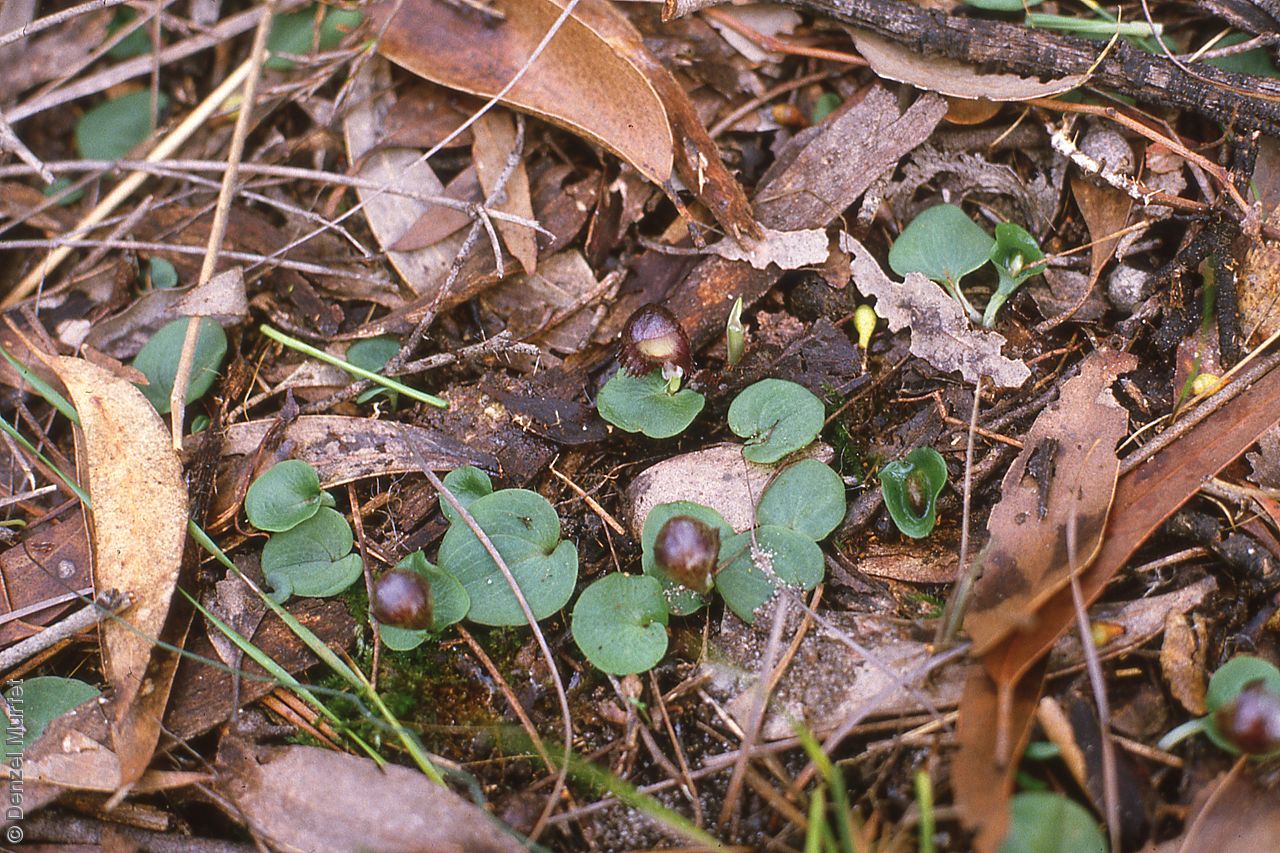

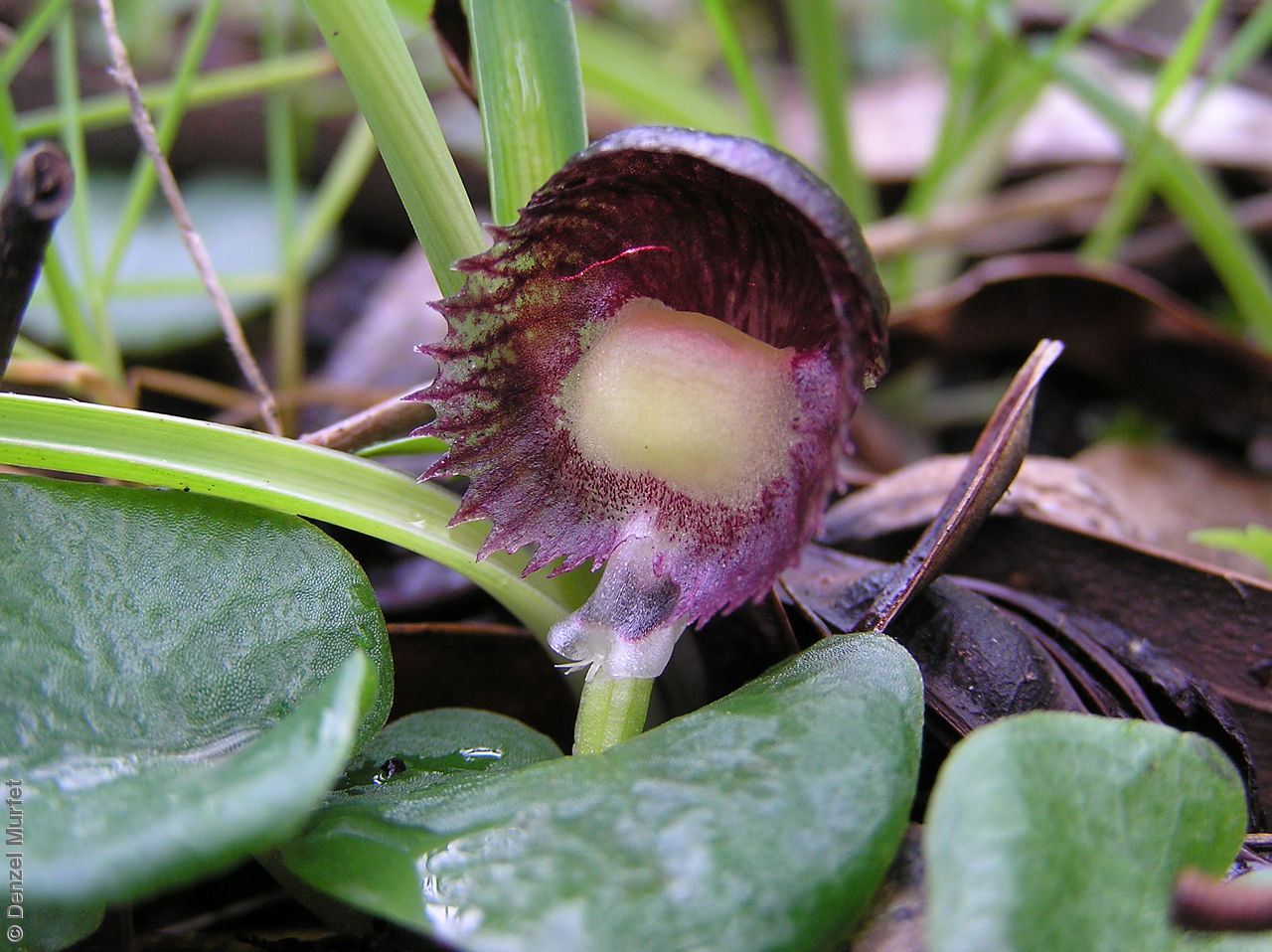
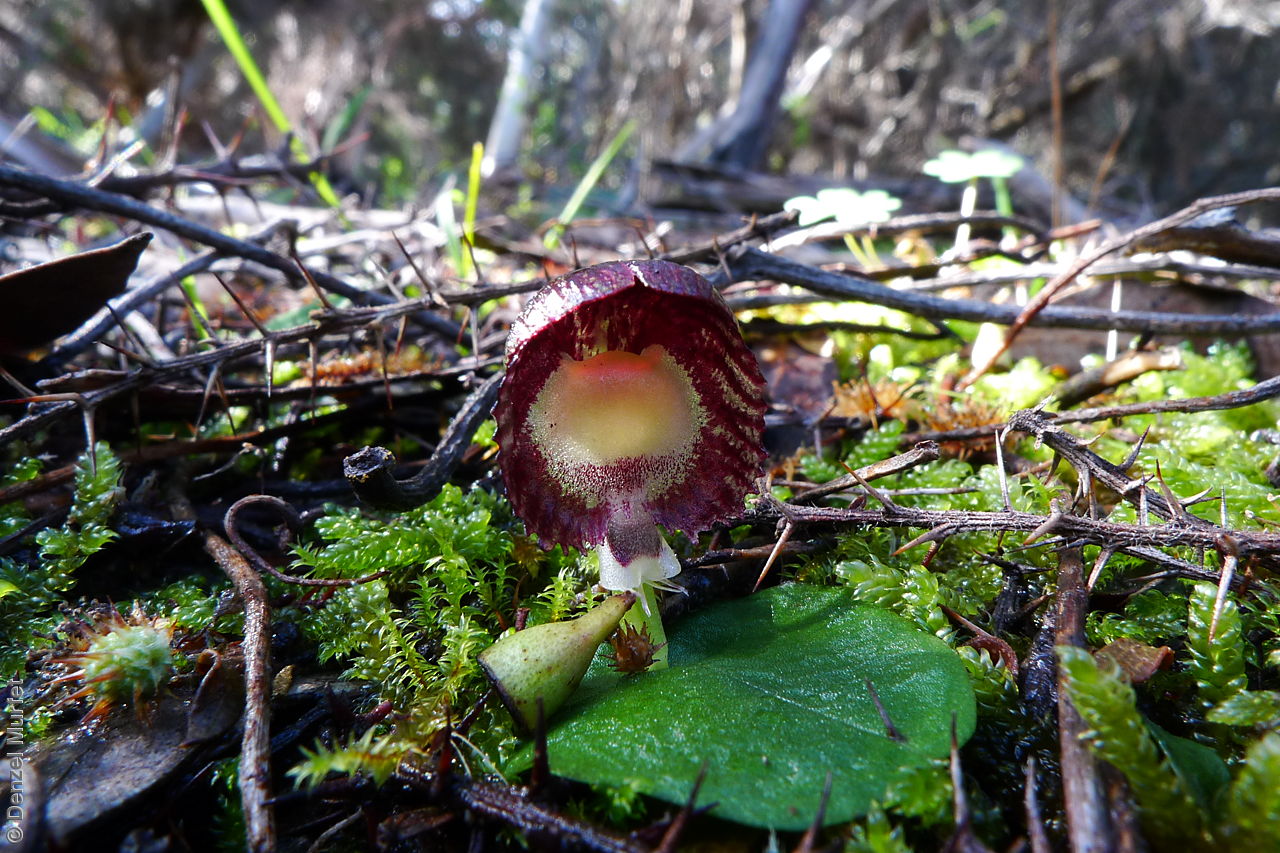
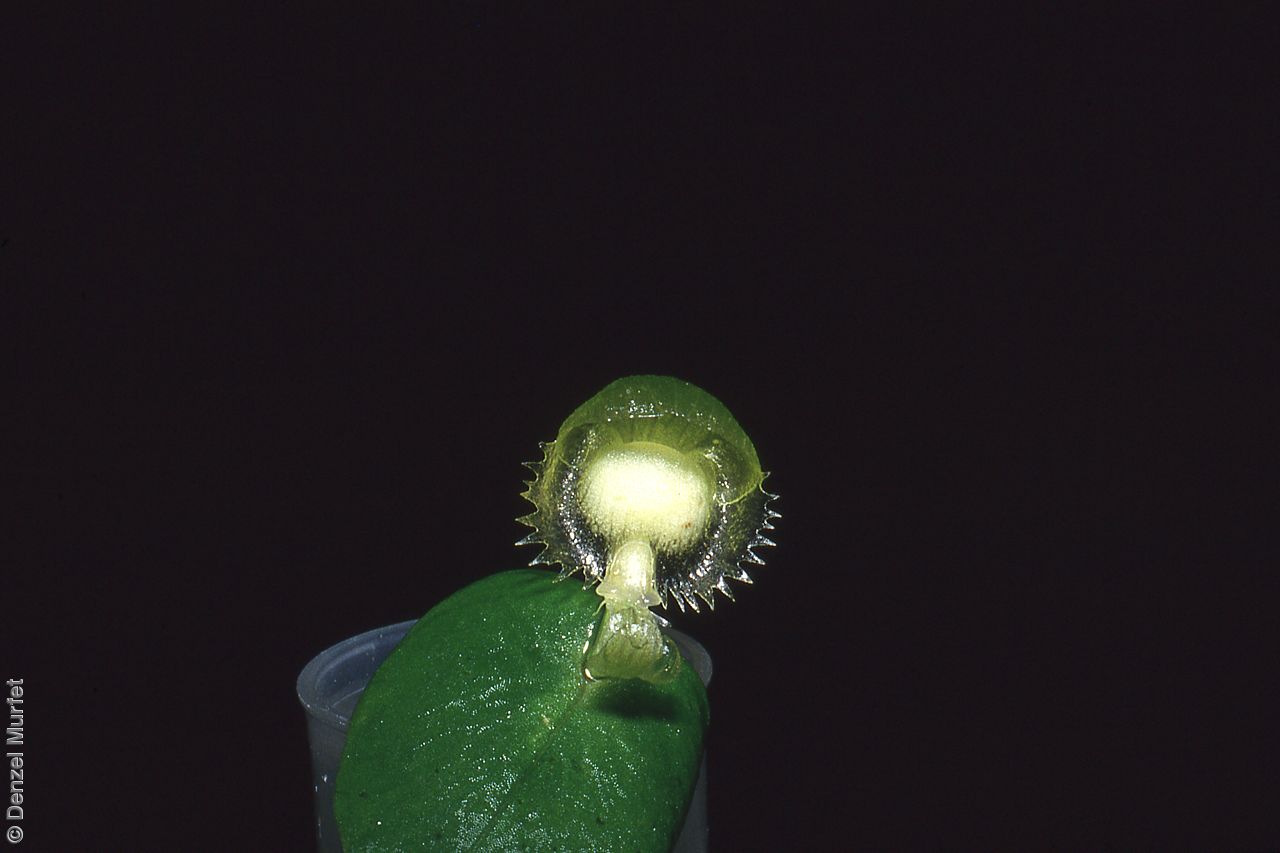

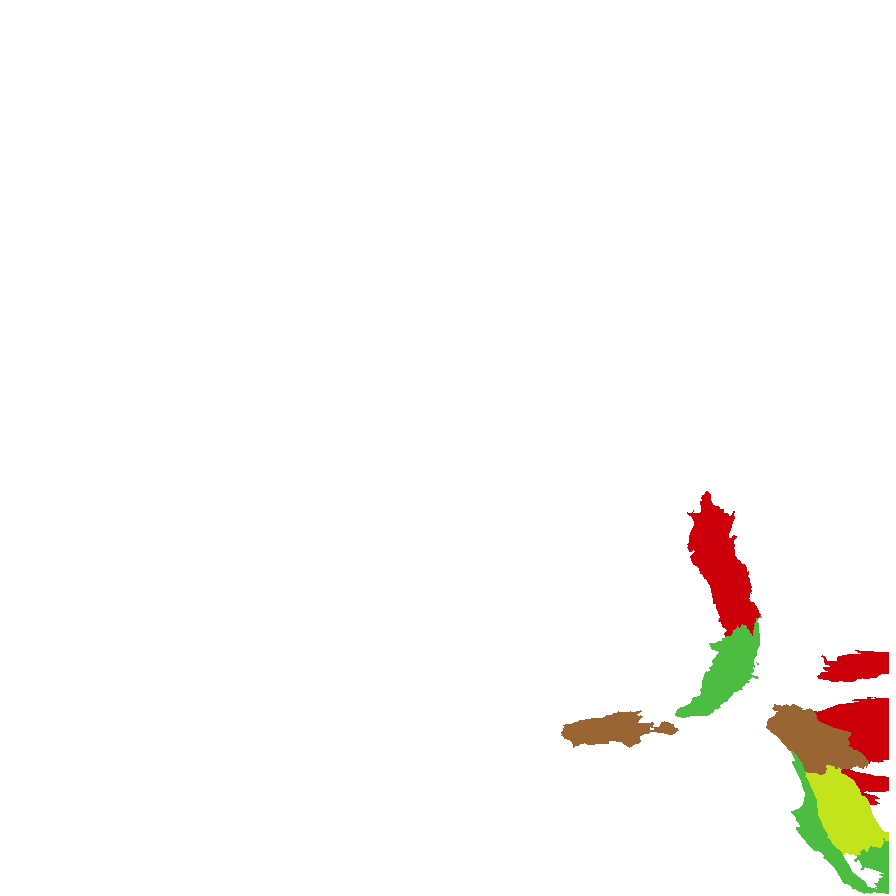
Botanical art
Prior names
Corysanthes fimbriata var. diemenica
Corysanthes pruinosa
Corybas dilatatus
Corysanthes dilatata
Corysanthes diemenica
Corysanthes fimbriata
Common names
Veined Helmet-orchid
Etymology
Corybas from the Greek 'korybas' one of the dancing priests of the goddess Cybele in Phrygia, or a drunken man, an allusion perhaps to the flower's resemblance to the priest's head-dress, or to the stoop of a drunken man. Diemenicus refers to Van Diemen's Land the old name for Tasmania from where the plant was originally collected.
Distribution and status
Found from near Clare to the South-east and Kangaroo Island in South Australia, mostly in high rainfall areas. Also found in New South Wales, Victoria and Tasmania. Native. Common in South Australia. Common in the other states.
Herbarium regions: Northern Lofty, Murray, Southern Lofty, Kangaroo Island, South Eastern, Green Adelaide
AVH map: SA distribution map (external link)
Plant description
Grows to 20mm high with a single flower. Single basal leaf, rounded to cordate, ground hugging, to 25 mm by 20 mm, green. Flower 15mm across, dorsal sepal ovate, maroon and hooding the labellum, labellum translucent with maroon veins and flared coarsely toothed margins. Flowering between July and August. Fruits are brown papery ellipsoid capsule. Seeds are very small yellow brown ellipsoid seed with a long cylindrical translucent brown mesh-like covering.
Seed collection and propagation
Collect seeds between October and November. Collect fat capsules as they start to dry and turn brown. Pods will split and release the seeds quickly and will require monitoring. To increase the chances of collecting mature pods, it is recommended that a small breathable bag (ie. Organza bags) be used to enclose the developing capsules. Place the capsules in a container that will hold fine seeds and leave to dry for a few weeks or until the capsule split. Then carefully hold the capsule and tap it gently to release the seeds. Store the seeds with a desiccant such as dried silica beads or dry rice, in an air tight container in a cool and dry place, a refrigerator or in liquid nitrogen. For the NVC South East Orchid Project one population consisting of more than X individuals were recorded at Pick Swamp. Approximately 4000 seeds (0.004g) were banked for this populations. Seed viability was 87%.